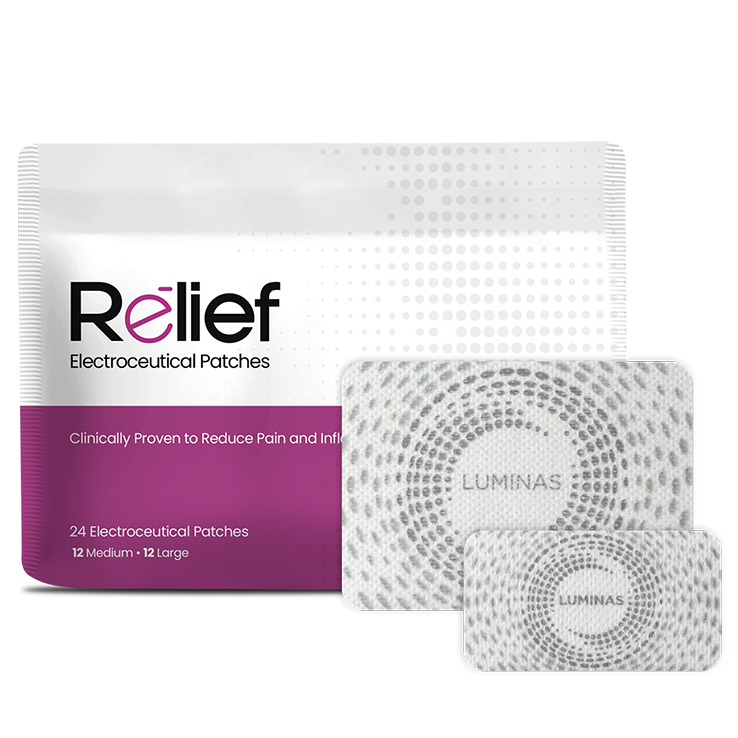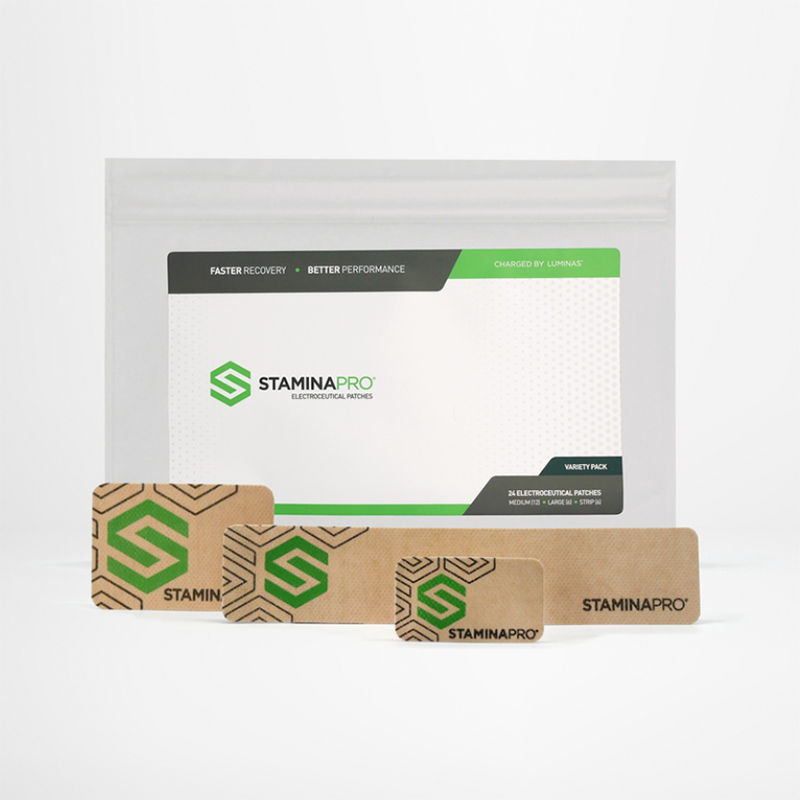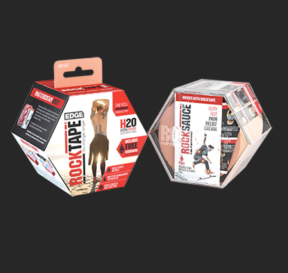Anatomy
Your lower back (lumbar spine) is an anatomic region between your lowest rib and the upper part of your buttock. Your spine in this region has a natural inward curve called lordosis. The function of lordosis is to balance the weight of your head on top of your spine, distribute weights from your upper body into the lower extremities, and reduce the stresses in your lower spine.
Any problem in your lower back can potentially increase or decrease the lordosis and cause lower back pain.
The lower back is made up of 5 vertebral bones that are stacked on top of each other with intervertebral discs in between. These bones are connected at the back with specialized joints and the lumbar spine connects to the thoracic spine and hips.
- The lumbar vertebrae are labeled L1 to L5, which progressively increase in size so that it can bear the body’s weight more effectively. The vertebrae are designed to protect nervous tissues such as the spinal cord or the cauda equina.
- There are a total of 5 intervertebral discs in between vertebral bodies. The discs usually provide cushioning and shock-absorbing functions to protect the vertebrae during spinal movements.
- Vertebrae are connected to the back of the spine and linked to facet joints. The joints provide stability to allow the spine to move in different directions. The upper lumbar vertebrae allows more back-and-forth spinal movements. The lower lumbar spine is for more side-to-side movements.
Large muscles and ligaments in the lower back serve the purpose of stabilizing the spine and allow for twisting and bending movements.
Common Causes of Pain
Muscle Strain and Ligament Sprain
A lower back sprain can occur suddenly or over time from repetitive movements. Strains occur when the muscle is stretched too far and tears and sprains can happen when over-stretching and tearing affect ligaments that connect bones together. Common causes of sprain and strain are sudden movements that place severe stress on the lower back, poor posture, lifting a heavy object and sports injuries.
Although sprains and strains aren’t as severe as other injuries or long-lasting the acute pain can be quite severe.
Lumbar Herniated Disc
The center of the lumbar disc can sometimes break through a tough outer layer and irritate a nerve root. A herniated portion of a disc is full of proteins that cause inflammation when they reach a nerve root causing severe pain. The disc wall is also supplied by nerve fibers and a tear can be detrimental.
Degenerative Disc Disease
When an individual is born, their intervertebral discs are full of water and in their best condition. However, as people age, the discs lose hydration and wear down not being able to resist forces causing tears, pain, or weakening that leads to herniation. The disc can collapse and then turn into stenosis.
Facet Joint Dysfunction
There are two joints behind each disc that motion segment in the lumbar spine. The joints have cartilage and are surrounded by a capsular ligament. These joints can be painful by themselves or alongside disc pain.
Sacroiliac Joint Dysfunction
The sacroiliac joint connects the pelvis to the sacrum. It is a strong, low-motion joint that absorbs shock and tension between the upper and lower body. The joint can become painful if it inflames or there is too much or too little movement in the joint
Spinal Stenosis
This condition is caused by the narrowing of the spinal canal where the nerve roots are located. The narrowing can occur at a single or multiple levels and can be central, formal, or both.
Spondylolisthesis
When one vertebra slips over an adjacent one, this condition occurs. There are 5 forms of spondylolisthesis, but the most common is when there is a fracture between facet joints or mechanical instability of the facet joints. The pain that occurs is caused by instability of the back or compression of the nerves in the leg.
Osteoarthritis
This is a condition that results from wear and tear of the disc and facet joints. It can cause pain, inflammation, instability, and stenosis. Spinal osteoarthritis is linked to aging and can be a slow process.
Deformity
Scoliosis or kyphosis is the curving of the spine. The deformity is linked to lower back pain and can lead to the breakdown of discs, facet joints, sacroiliac joints or stenosis.
Trauma
Dislocations or fractures of the spine can lead to pain. Lower back pain normally forms after trauma and needs to be medically evaluated.
Compression Fracture
Is a fracture that takes place in the cylindrical vertebra. Essentially the vertebra caves in on itself causing sudden pain. This type of fracture is common in weak bones and linked to cases of osteoporosis. This condition is more commonly found in older people.



